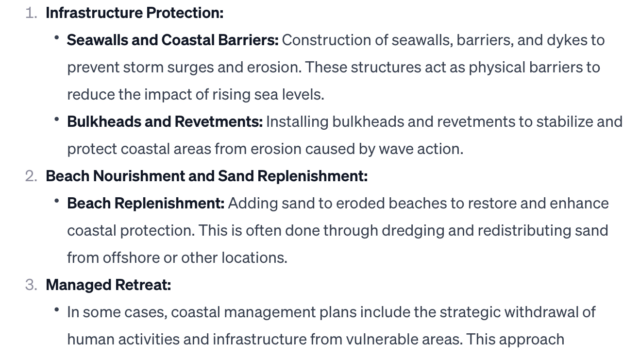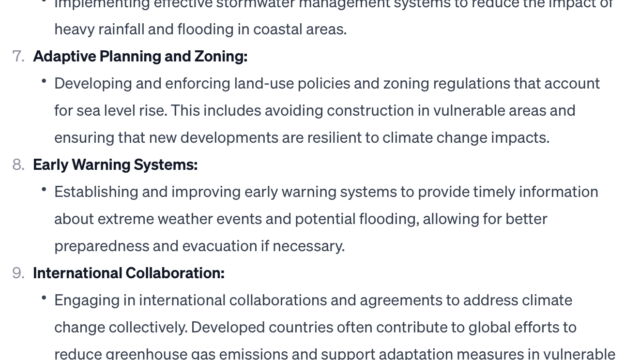Kiribati, a low-lying island nation in the central Pacific Ocean, is particularly vulnerable to the impacts of climate change. The country consists of 33 atolls and reef islands, and its highest point is only a few meters above sea level. As a result, Kiribati faces numerous challenges due to rising sea levels, changing weather patterns, and other climate-related issues.
Impacts of climate change in Kiribati

Sea Level Rise: One of the most immediate and severe impacts of climate change on Kiribati is sea level rise. The rising sea levels threaten the very existence of the country, as higher tides can lead to saltwater intrusion into freshwater sources, contaminating drinking water supplies and affecting agriculture.
Coastal Erosion: The combination of sea level rise and increased storm intensity contributes to coastal erosion. This threatens infrastructure, homes, and livelihoods, forcing communities to relocate inland or, in some cases, necessitating migration to other countries.
Physical Impacts
Saltwater Intrusion: Rising sea levels lead to saltwater intrusion into freshwater aquifers, affecting the quality of drinking water and making it more challenging for communities to access safe and reliable water sources.

Coral Bleaching: Kiribati’s coral reefs, which are vital for fisheries and coastal protection, are susceptible to coral bleaching due to higher sea temperatures. Coral bleaching weakens the reefs and impacts the marine ecosystem, affecting the livelihoods of communities that rely on fishing.
Extreme Weather Events: Climate change is associated with an increase in the frequency and intensity of extreme weather events, such as tropical cyclones and storms. These events can cause widespread damage to infrastructure, homes, and crops, further exacerbating the vulnerability of Kiribati.

Socio-Economic Impacts
-
Food Security: Changes in weather patterns, including altered rainfall and more frequent extreme events, can impact agricultural productivity. Kiribati’s reliance on subsistence agriculture makes communities susceptible to food shortages and increased vulnerability to external shocks.
-
Health Risks: Climate change can contribute to the spread of vector-borne diseases and increase the frequency of health issues associated with extreme weather events. Additionally, displacement and changes in living conditions can impact the overall health and well-being of the population.
-
Economic Challenges: The impacts of climate change pose economic challenges for Kiribati, affecting sectors such as agriculture, fisheries, and tourism. The cost of adapting to these changes and recovering from climate-related disasters can strain the country’s resources.






